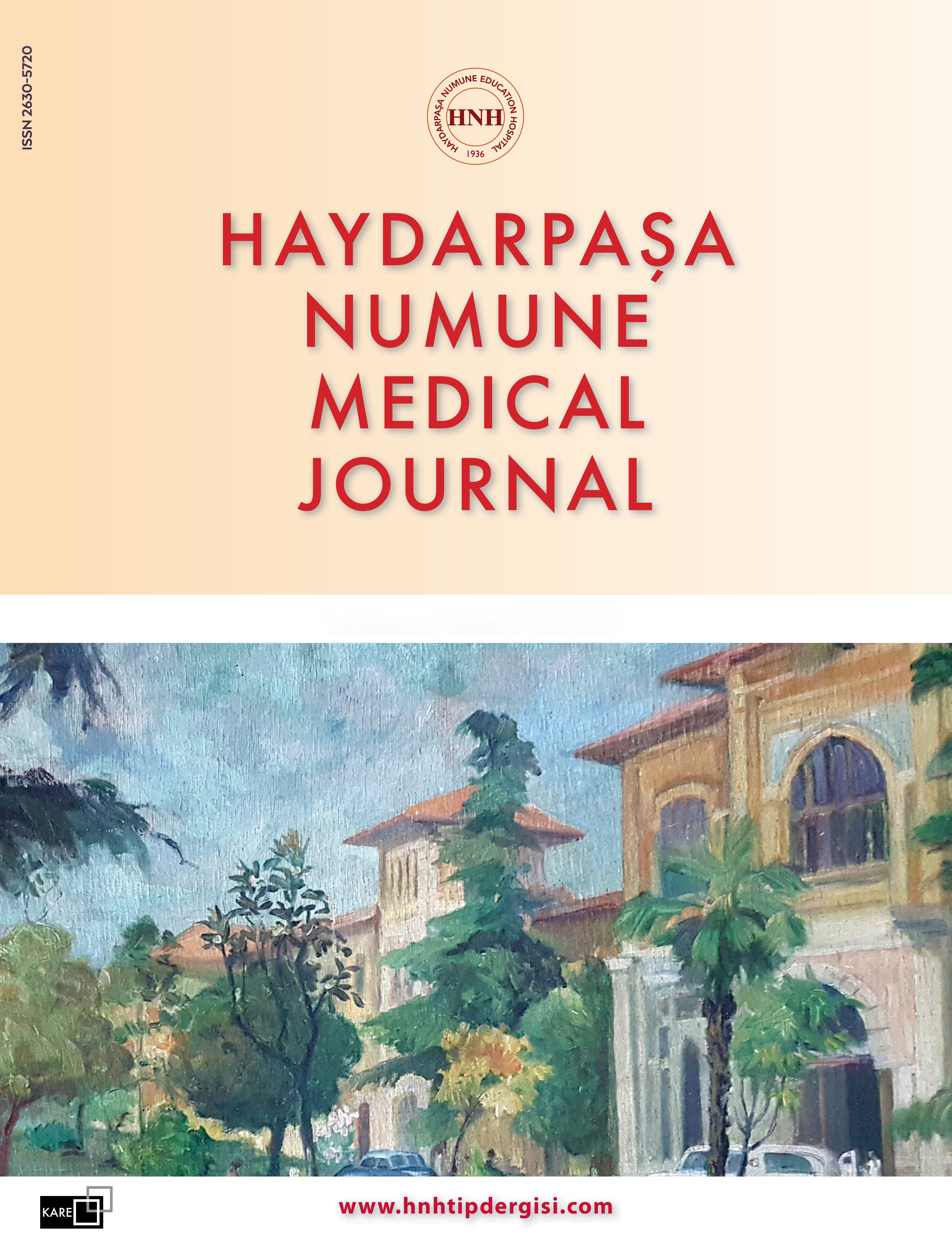Nuchal Cord Tension: Examining its Impact on Developmental Outcomes in Two-Year-Old Children
Kamuran Suman1, Ebru Gök2, Musa Büyük3, Murat Suman41Department of Perinatology, Afyon State Hospital, Afyonkarahisar, Türkiye2Department of Pediatric Endocrinology, Erciyes University, Kayseri, Türkiye
3Department of Obstetrics and Gynecology, Afyon State Hospital, Afyonkarahisar, Türkiye
4Department of Pediatrics, Afyon State Hospital, Afyonkarahisar, Türkiye
INTRODUCTION: Investigating how nuchal umbilical cord tension affects the developmental journey of newborns until their first year's completion.
METHODS: Our study, conducted in two participating hospitals, spanned a duration of five years. The study encompassed newborns categorized into three groups: those with a tightly wrapped nuchal cord, those with a loosely wrapped nuchal cord, and a control group consisting of newborns without a nuchal cord. Both cohorts underwent evaluations utilizing Apgar scores and conventional cardiotocography (CTG) results. The developmental advancements of the newborns were assessed by employing the Munich Functional Scale upon reaching the conclusion of their initial year.
RESULTS: The incidence of Apgar scores below 7 was markedly higher (p<0.001) among newborns with a nuchal cord when compared to the control group. Within the group of newborns with a nuchal cord, those with a tightly wrapped cord exhibited considerably lower Apgar scores in comparison to those with a loosely wrapped cord (p<0.001). Statistically significant pathological cardiotocographic findings were identified in newborns with a nuchal cord in comparison to the control group. Within the neonatal cohort, the cardiotocographic data of infants with a tightly wrapped nuchal cord were significantly lower than those with a loosely wrapped nuchal cord (p<0.001). At the age of two years, infants who were born with a tightly wrapped nuchal cord exhibited a notable developmental delay when compared to those born with a loosely wrapped nuchal cord and the control group (p<0.001).
DISCUSSION AND CONCLUSION: The presence of a nuchal cord poses a risk factor for subsequent developmental concerns. Timely identification of the nuchal cord, particularly when it is tightly wrapped around the neck, is of utmost importance in mitigating potential future health complications.
Keywords: Apgar score, Cardiotocographic findings, Developmental outcome, Nuchal cords.
Manuscript Language: English
















